Home Prices Decline.
Thanks to low interest rates, lower home prices and the first-time home buyer tax credit, it looks like more people are discovering that now is a pretty good time to be a home buyer.
Existing home sales for the second quarter of 2009 rose 3.8 percent from the first quarter, but they remain 2.9 percent below the pace of existing home sales a year ago, according to the latest survey from the National Association of Realtors.
In the second quarter, first time home buyers accounted for one-third of all transactions. Foreclosures and short sales, which typically sell at a 15 to 20 percent discount, accounted for 36 percent of the second quarter transactions, weighing down median home prices. The national median existing single-family home sold for $174,100, which is 15.6 percent below the second quarter price a year ago.
Last week, before the second quarter existing home sales numbers were released, NAR Senior Public Affairs Specialist Walter Molony said that the median price can be skewed when there are so many distressed properties on the market being sold at a discount.
NAR chief economist Lawrence Yun said, “recently sold home are concentrated in lower price ranges. The median price may not be representative of overall values in a given area because many middle priced homes are not on the market.”
Some highlights from the second quarter existing home sales survey:
- Thirty-nine states had sales increases from the first quarter; nine states were up from a year ago.
- Idaho had the largest sales gain between the first and second quarters, up 67.5 percent.
- Median single family home prices range from $55,700 in the Saginaw area of Michigan to $569,500 in Honolulu
Visit our blog to see the existing home sales numbers for the first quarter and take a look at Ilyce’s MoneyWatch blog for the latest news on the home buyer tax credit and Cash for Clunkers
See the full press release below for more details on the second quarter existing home sales
2nd Quarter Existing-Home Sales Rise in Most States, Helped by Affordable Metro Prices
WASHINGTON (August 12, 2009)
Existing-home sales in the second quarter showed healthy gains from the first quarter in the vast majority of states, and price declines have increased affordability in most metro areas, according to the latest survey by the National Association of Realtors®.
Total state existing-home sales, including single-family and condo, rose 3.8 percent to a seasonally adjusted annual rate1 of 4.76 million units in the second quarter from 4.58 million units in the first quarter, but remain 2.9 percent below the 4.90 million-unit pace in the second quarter of 2008.
Thirty-nine states experienced sales increases from the first quarter, and nine states were higher than a year ago; the District of Columbia showed both quarterly and annual rises.
Lawrence Yun, NAR chief economist, said the sales gain appears to be sustainable. “With low interest rates, lower home prices and a first-time buyer tax credit, we’ve been seeing healthy increases in home sales, which are a hopeful sign for the economy,” he said. “There have been sustained sales gains in Arizona, Nevada and Florida, as well as diverse areas such as Maryland, the District of Columbia and Nebraska. More recently, we’ve seen strong double-digit gains in Idaho, Utah, New Mexico, Washington, Hawaii, New York, New Jersey, Maine, Vermont, Wisconsin, Indiana, South Dakota and Montana.”
Yun explained housing’s impact on the overall economy. “Given the need for related goods and services, each home sale pumps an additional $63,000 into the economy – that’s how the housing engine traditionally pulls us out of recession. In addition, sales are drawing down inventory and that will help stabilize home values, which in turn will lessen foreclosure pressure and boost credit availability for other sectors of the economy.”
During the second quarter, 129 out of 155 metropolitan statistical areas2 reported lower median existing single-family home prices in comparison with the second quarter of 2008, while 26 areas had price gains.
Distressed sales – foreclosures and short sales – accounted for 36 percent of transactions in the second quarter, which continued to weigh down median home prices because they typically are sold at a 15 to 20 percent discount; first-time buyers accounted for one-third of transactions. The national median existing single-family price was $174,100, which is 15.6 percent below the second quarter of 2008. The median is where half sold for more and half sold for less.
According to Freddie Mac, the national average commitment rate on a 30-year conventional fixed-rate mortgage declined to a record low 5.03 percent in the second quarter from 5.06 percent in the first quarter; the rate was 6.09 percent in the second quarter of 2008.
NAR President Charles McMillan, a broker with Coldwell Banker Residential Brokerage in Dallas-Fort Worth, said there are unique opportunities in the current market. “Housing affordability is hovering near record highs and there’s a wide selection of homes, but first-time buyers need to move quickly to take advantage of the $8,000 tax credit because they have to finalize the transaction by November 30,” he said. “Various state, local and nonprofit programs target first-time buyers, and a Realtor® can help you identify the programs and financing options that are currently available in your area.”
The largest sales gain between the first and second quarters was in Idaho, up 67.5 percent; followed by Hawaii which rose 24.2 percent; New York, up 22.3 percent, Wisconsin; with a 21.7 percent gain; and Nebraska with a 20.3 percent increase. Twelve other states experienced double-digit sales increases from the first quarter.
Year over year, California, Minnesota and Michigan are showing double-digit gains from the second quarter of 2008 but are off from the first quarter of this year.
The largest single-family home price increase in the second quarter was in the Davenport-Moline-Rock Island area of Iowa and Illinois, where the median price of $113,200 rose 30.6 percent from a year ago. Next was the Cumberland area of Maryland and West Virginia at $123,500, up 21.7 percent from the second quarter of 2008, followed by Elmira, N.Y., where the median price increased 11.3 percent to $85,000.
“The sharpest price declines continue to be concentrated in metros with high levels of foreclosures, including areas in California, Florida, Arizona and Nevada, where distressed homes comprise many of the transactions,” Yun said.
Median second-quarter metro area single-family home prices ranged from a very affordable $55,700 in the Saginaw-Saginaw Township North area of Michigan to $569,500 in Honolulu. The second most expensive area in the second quarter was the San Jose-Sunnyvale-Santa Clara area of California, at $500,000, followed by San Francisco-Oakland-Fremont at $472,900.
Other affordable markets include the Youngstown-Warren-Boardman area of Ohio and Pennsylvania at $71,500, and Lansing-East Lansing, Mich., at $81,200.
“Recently sold homes are concentrated in lower price ranges. The median price may not be representative of overall values in a given area because many middle priced homes are not on the market,” Yun clarified.
In the condo sector, metro area condominium and cooperative prices – covering changes in 57 metro areas – showed the national median existing-condo price was $176,900 in the second quarter, down 19.8 percent from the second quarter of 2008. Four metros showed annual increases in the median condo price and 53 areas had declines.
The metros with condo price rises were the Virginia Beach-Norfolk-Newport News area of Virginia and North Carolina at $195,000, up 2.6 percent, followed by the Wichita, Kan., area, where the median price of $109,500 rose 2.0 percent from the second quarter of 2008, Dallas-Fort Worth-Arlington, at $137,800, up 0.7 percent, and the Colorado Springs, Colo., area, which rose 0.2 percent to $145,200.
Metro area median existing-condo prices in the second quarter ranged from $66,400 in Las Vegas-Paradise, Nev., to $405,700 in San Francisco-Oakland-Fremont. The second most expensive reported condo market was Honolulu at $318,400, followed by Boston-Cambridge-Quincy at $277,400.
Other affordable condo markets include the Sacramento-Arden-Arcade-Roseville area of California at $101,200 in the second quarter, and Tucson, Ariz., at $102,500.
Regionally, existing-home sales in the Northeast jumped 15.0 percent in the second quarter to a pace of 797,000 units but are 8.4 percent below a year ago.
The median existing single-family home price in the Northeast declined 9.7 percent to $246,000 in the second quarter from the same quarter in 2008. After Elmira, the best gain in the region was in Buffalo-Niagara Falls, N.Y., where the median price of $115,400 rose 6.7 percent from the second quarter of 2008, followed by Syracuse, N.Y., at $124,600, up 0.8 percent.
In the Midwest, existing-home sales rose 3.2 percent in the second quarter to a pace of 1.06 million but are 5.3 percent below a year ago.
The median existing single-family home price in the Midwest was down 8.6 percent to $146,800 in the second quarter from the same period in 2008. After Davenport-Moline-Rock Island, the next strongest metro price increase in the region was in Bismarck, N.D., where the median price of $157,800 was 3.5 percent higher than a year ago, followed by Springfield, Ill., at $116,200, also up 3.5 percent, and Topeka, Kan., at $113,300, up 2.7 percent.
In the South, existing-home sales increased 3.9 percent in the second quarter to an annual rate of 1.76 million but are 7.2 percent lower than the second quarter of 2008.
The median existing single-family home price in the South was $158,600 in the second quarter, down 10.3 percent from a year earlier. After Cumberland, the strongest price increase in the region was in Beaumont-Port Arthur, Texas, with an 11.0 percent gain to $138,600, followed by, Jackson, Miss., at $140,100, up 8.2 percent, and Shreveport-Bossier City, La., at $146,800, up 3.0 percent.
Existing-home sales in the West declined 2.3 percent in the second quarter to an annual rate of 1.13 million but are 11.8 percent above a year ago.
The median existing single-family home price in the West was $212,600 in the second quarter, which is 26.6 percent below the second quarter of 2008. The best metro price performances in the West were in Kennewick-Richland-Pasco area of Washington, where the median price of $163,900 rose 0.3 percent from a year earlier, and Yakima, Wash., at $162,800, also up 0.3 percent. No other areas covered in the region reported increases.
The National Association of Realtors®, “The Voice for Real Estate,” is America’s largest trade association, representing 1.2 million members involved in all aspects of the residential and commercial real estate industries.

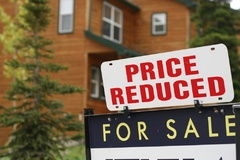
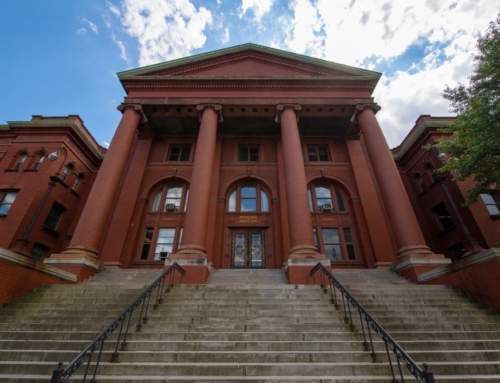
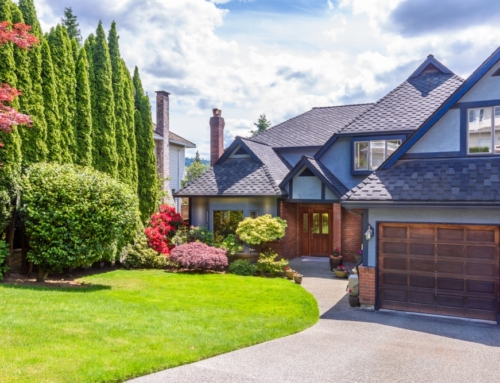
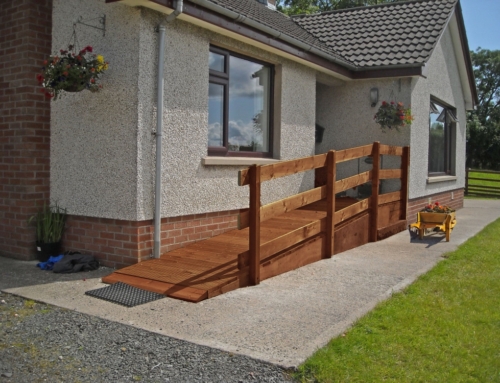
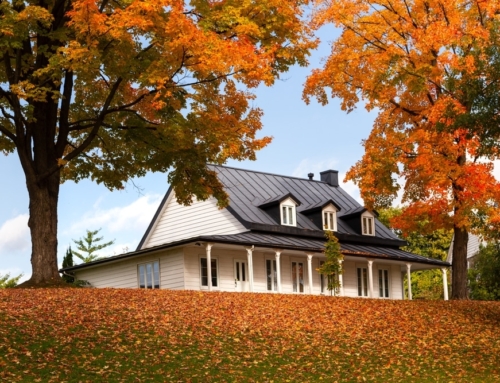
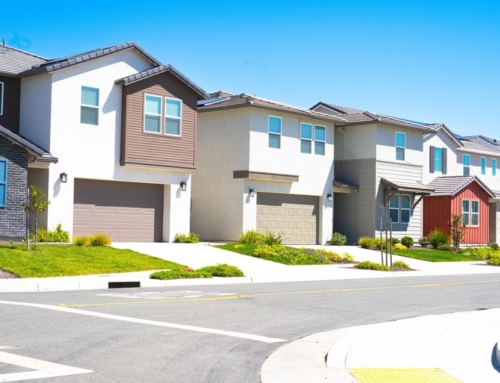
Leave A Comment